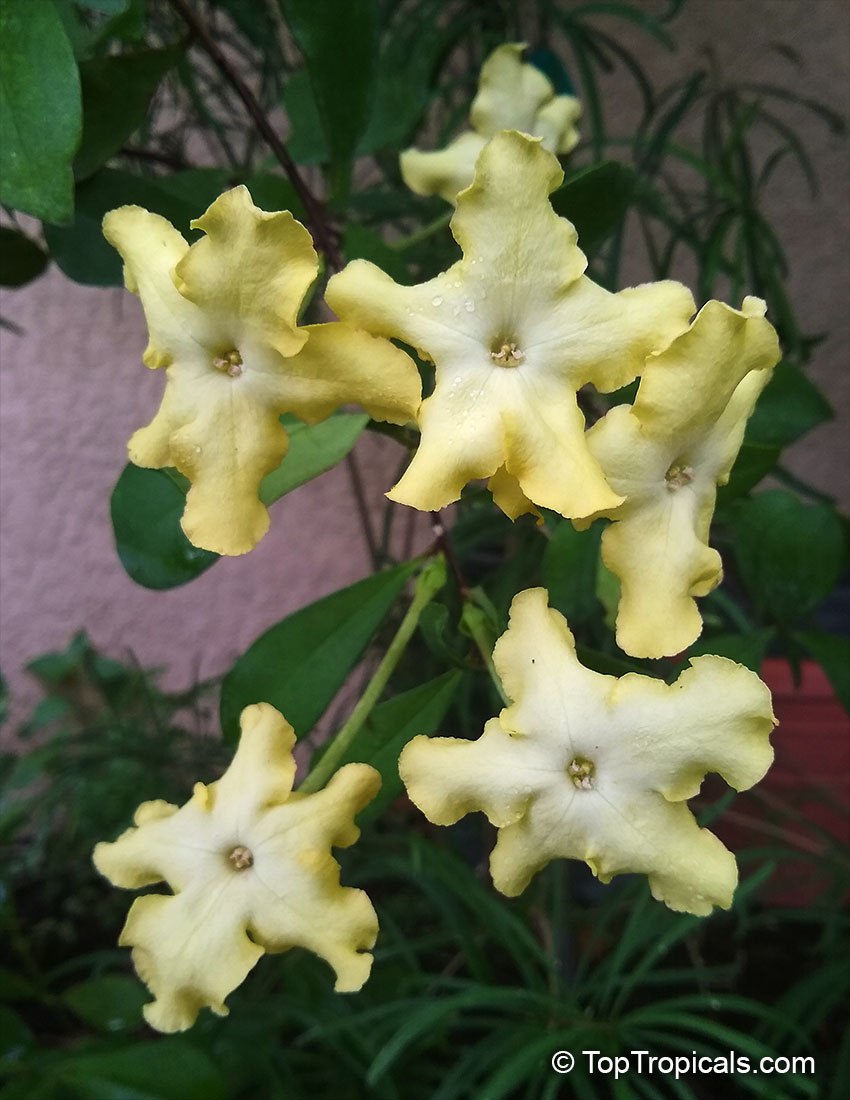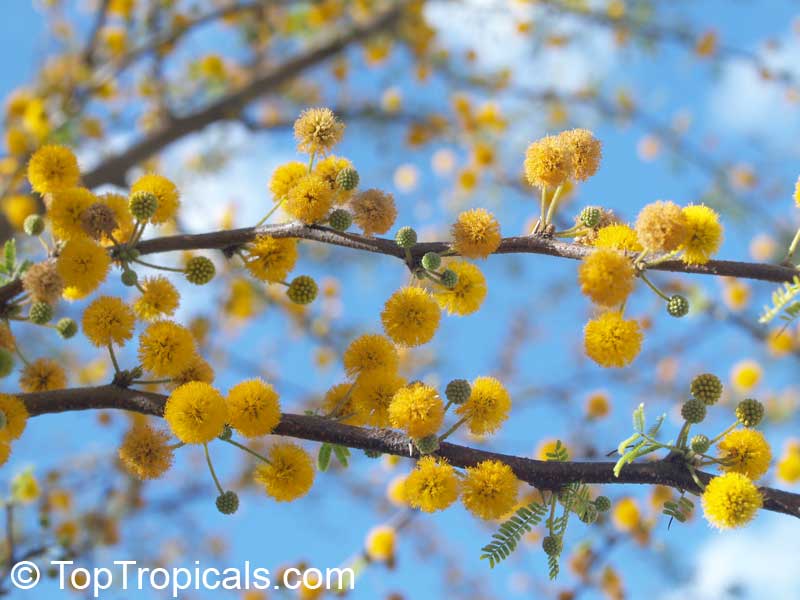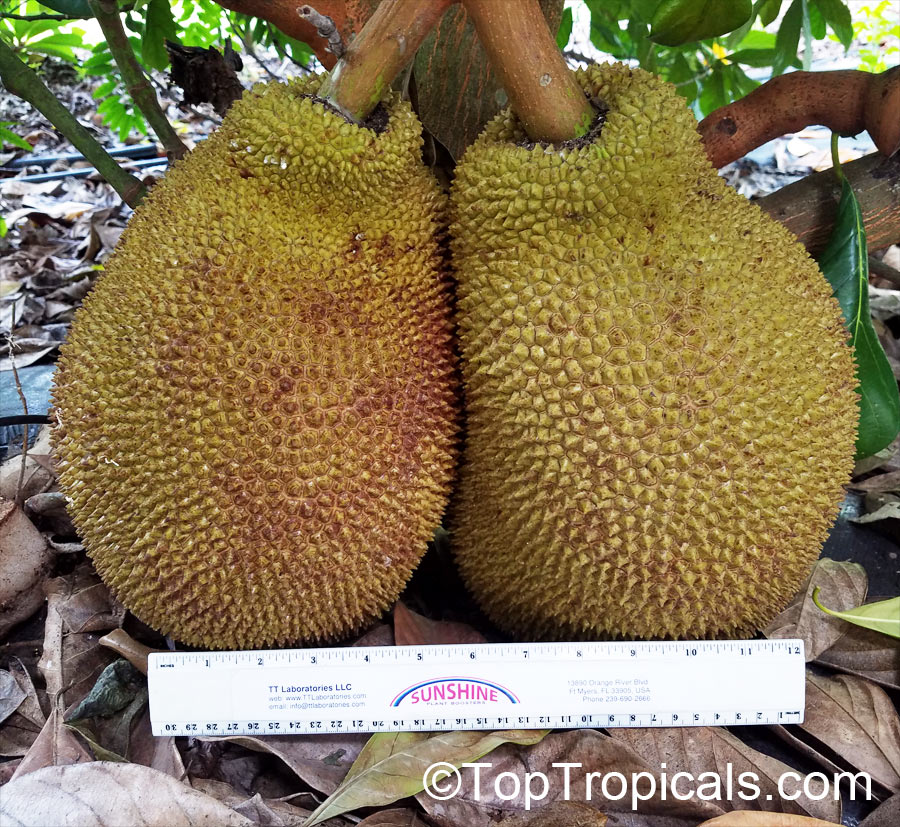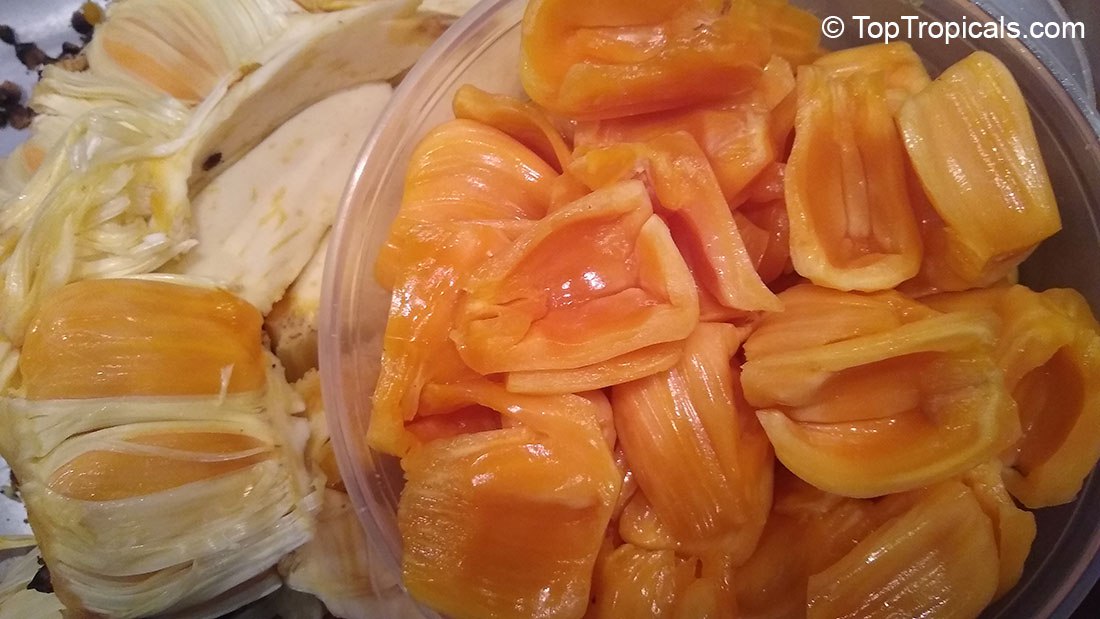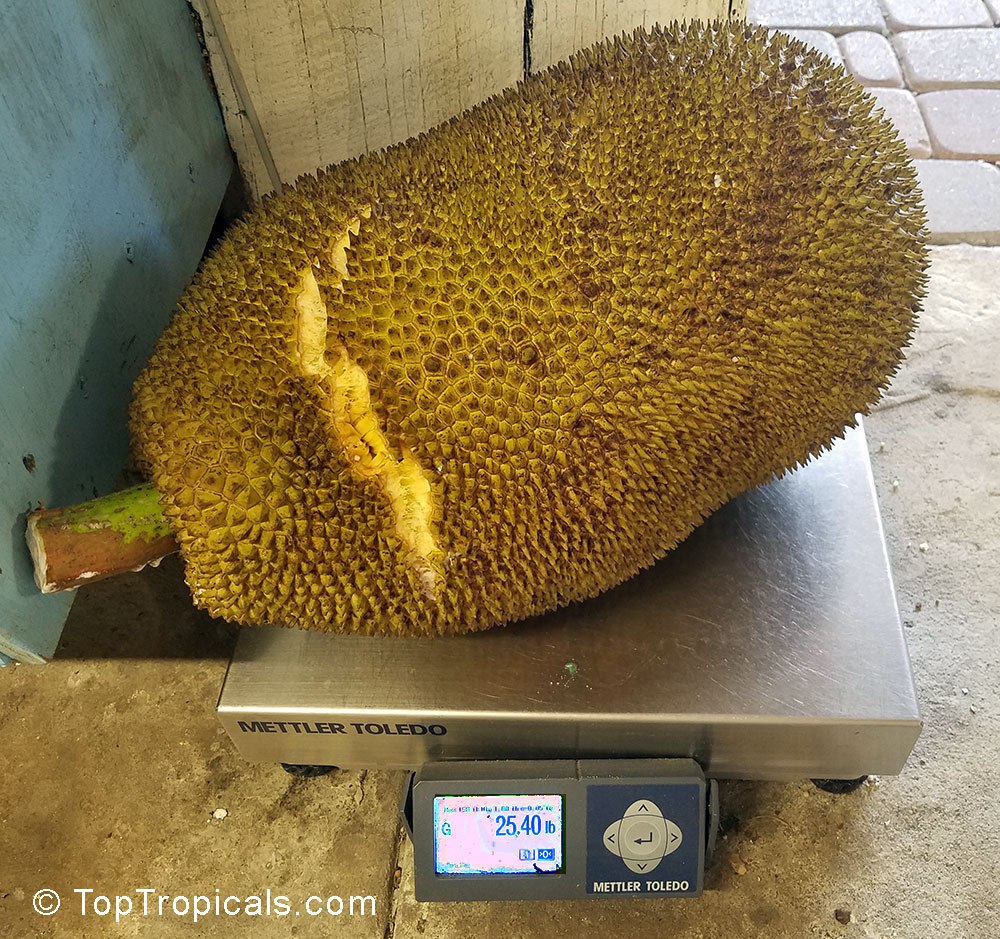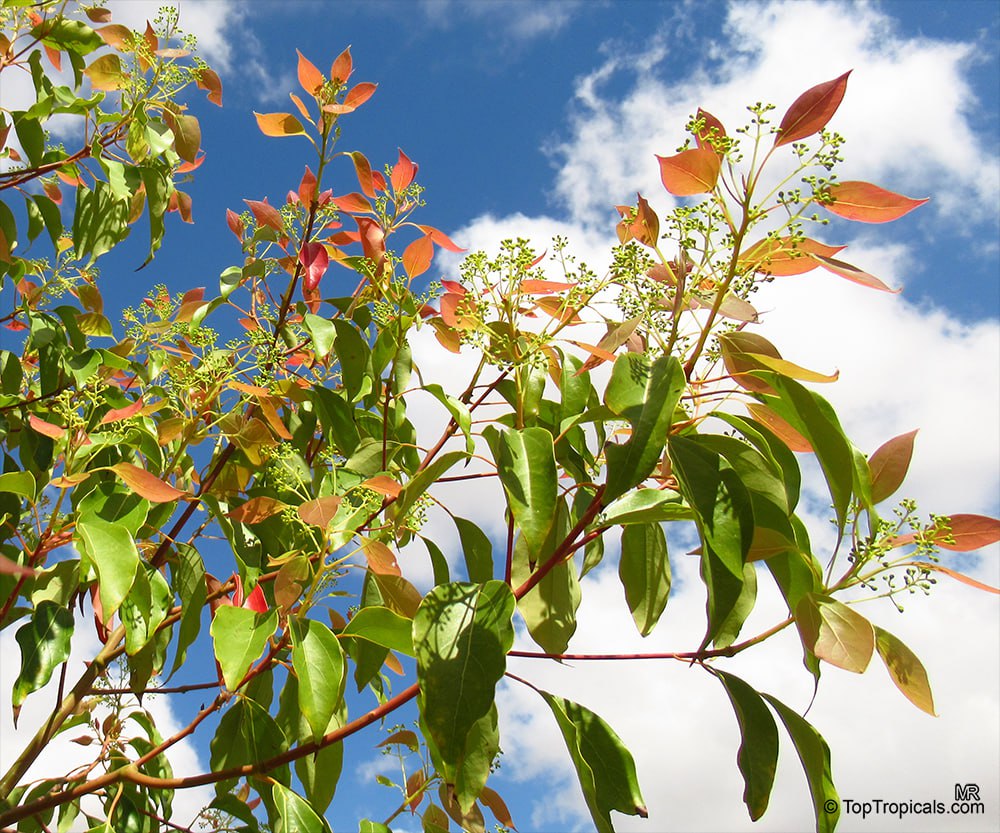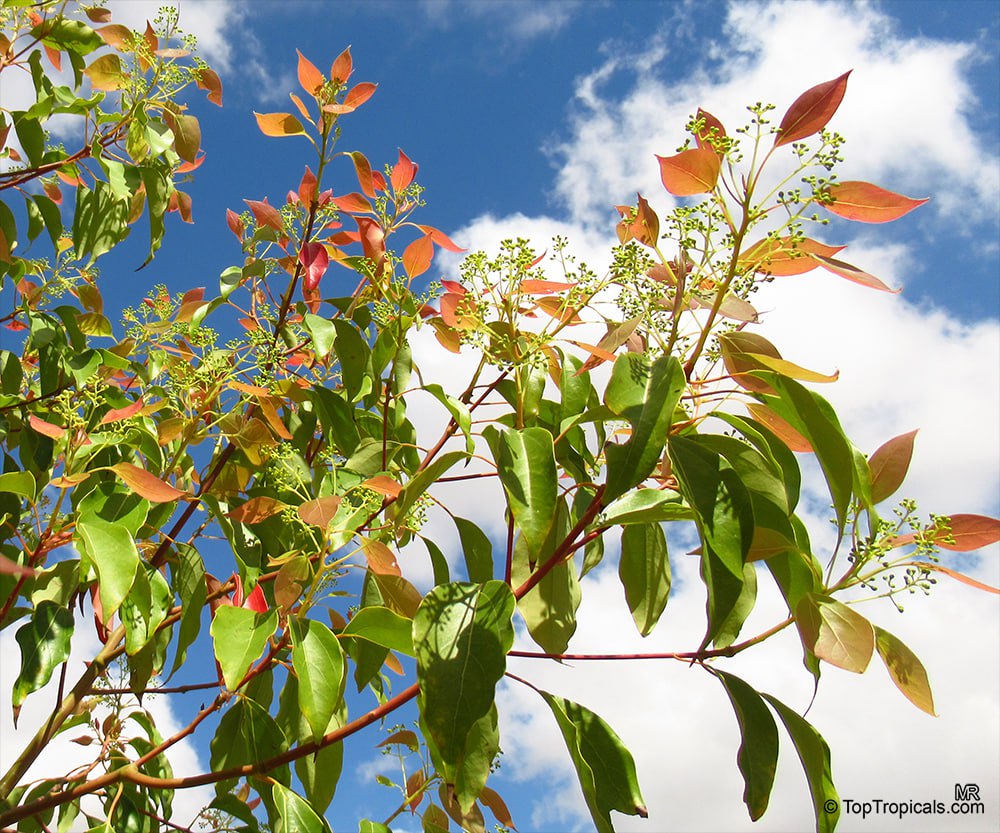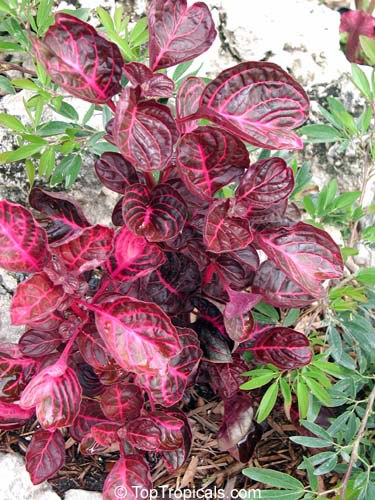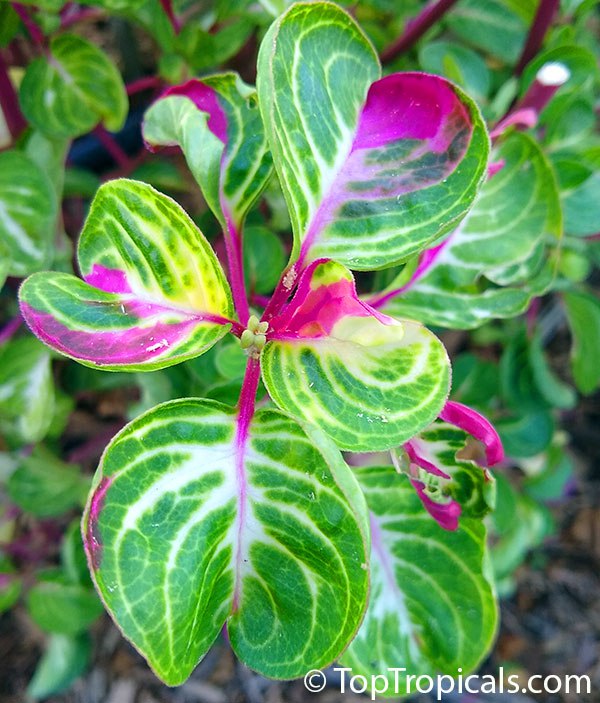Garden Blog - Top Tropicals
Lula Avocado The Winter Warrior of Florida
🟢 Lula is an avocado variety that's tougher than most! Known for its frost resistance, this cultivar is perfect for homeowners and gardeners in Central Florida and around Orlando. In fact, it was once the top commercial avocado in South Florida, thanks to its ability to endure chilly winters and produce heavily even when other varieties might struggle.
🟢 Lula fruits are medium to large, pear-shaped, and sometimes feature a slender neck. Their skin is smooth, with a greenish tint, enclosing pale to greenish-yellow flesh. With a 12-16% oil content, the Lula offers a creamy, rich flavor that’s a delight in guacamole or straight from the fruit. The large, tightly held seed also makes it a reliable producer, minimizing seed sprouting issues during the harvest.
🟢 The harvesting season runs from November to December, offering a long production window that stands out among other avocado varieties. Originally developed from a tree planted by Mrs. Lula Cellon in 1915 near Miami, this variety has proven its early bearing nature and heavy yields, making it ideal for both home gardeners and small orchard owners.
🟢 If you're looking for an avocado tree that thrives in Central Florida's conditions, bears flavorful fruit, and can withstand the cold, Lula is your go-to! Just give it plenty of space to grow tall and enjoy years of delicious harvests.
📚 Learn more about Avocado varieties
🛒Plant Avocado Lula
#Food_Forest #Avocado
🔴 Join 👉 TopTropicals
What is the most popular fragrant Lady of the Night
Looking to add a little magic to your garden? Brunfelsia americana - Lady of the night - is all time favorite of fragrant gardens.
This Brazilian beauty isn't your ordinary shrub - it grows compact, loves partial shade, and rewards you with creamy white flowers that release their sweetest fragrance under the cover of darkness. It's like nature's way of setting the mood for evening strolls!
Plus, its blooms are irresistible to butterflies and hummingbirds, turning your garden into a lively stage.
Lady of the Night is like having a fragrant garden party that starts when the sun goes down. Low-maintenance, pollinator-friendly, and elegant - what more could you want? Whether outdoors or in, this shrub will bring charm and excitement to any space, day or night!
🛒 Plant fragrant Brunfelsia
#Perfume_Plants #Shade_Garden
🔴 Join 👉 TopTropicals
How a fast-growing screen becomes a honey-fragrant wildlife attractor
- 🐝 Acacia farnesiana - Sweet Mimosa - is a delightful evergreen shrub that's as tough as it is charming!
- 🐝 This large, multi-stem shrub can reach 15 feet tall and wide and sports thorny branches - a real character with a wild streak! But don't let the thorns scare you off; it offers rewards aplenty.
- 🐝 Its canary-yellow, powder-puff flowers bloom all winter through spring, filling the air with a honey-like fragrance that attracts butterflies, bees, and other pollinators.
- 🐝 This plant doesn't just survive - it thrives in poor soils, tolerates drought and alkaline conditions, and grows incredibly fast!
- 🐝 Whether you're planting it as a privacy screen or just looking for a pop of cheerful color during chilly months, this hardy shrub keeps its evergreen leaves even through cold snaps when other plants throw in the towel.
- 🐝 Native to Mexico and Central America, Sweet Mimosa has spread its charm far and wide, becoming popular in southern U.S. landscapes like Florida, Texas, and Arizona. It even finds use in perfume production with its flowers contributing to the fragrance known as "cassie" in Europe.
- 🐝 Every gardener should have this resilient plant ready to brighten the garden and attract wildlife year-round!
🛒 Plant Sweet Mimosa
#Butterfly_Plants #Hedges_with_benefits
🔴 Join 👉 TopTropicals
Date:
How
to grow Jackfruit in a pot:
the biggest fruit in the world
Q: Can I grow Jackfruit in a pot?
A: Yes, you can! Jackfruit trees, despite producing the largest tree-borne fruit in the world - up to 80 pounds and 36 inches long - can thrive and fruit in containers. The tree has a clever feature: it grows fruit only at the base of the trunk, allowing you to manage its height and size. With regular pruning, the tree can stay compact at just 6-7 feet tall, making it perfect for pot culture.
1. Getting started: pot sizes and growth tips
Start with: A 3-7 gallon container.
As it grows: Gradually increase to a 15-25 gallon pot by the time it
reaches fruiting size (2-4 years).
Pruning is key: Keep the tree topped at 6-7 feet to focus its energy
on fruit production.
Fertilize regularly: Use high-quality plant food like Sunshine Boosters C-Cibus to promote healthy growth and fruit
development. C-Cibus is the best natural plant food for fruit and edibles.
2. Fun facts about Jackfruit - Artocarpus heterophyllus
A mature Jackfruit tree can produce 200 pounds of fruit per year.
The fruit consists of large, sweet, yellow bulbs with a banana-like
aroma.
Seedlings start fruiting within 3-4 years, with fruits ripening in just 4-6
months after flowering.
3. Cold tolerance of Jackfruit trees
Though often thought of as ultra-tropical, mature trees can withstand light frost for short periods without major damage. Keeping Jackfruit in pots also offers an easy way to move them indoors during cold spells if you're in a cooler climate.
4. Secrets for successful Jackfruit production
- Frost-free temperatures are essential.
- Use rich, organic soil with compost, manure, or peat moss.
- Maintain moist soil with regular watering.
- Constant pruning to keep the tree under 7 feet promotes healthy
fruiting.
- Apply fertilizer and microelements regularly for better fruit quality.
By following these tips, you'll be able to enjoy the world's biggest fruit right from your patio!
Learn more:
About Jackfruit
How to grow the
biggest fruit on Earth
Cheena - Jackedack
Videos:
Jackfruit
Fruit
Happiness is a side effect of a properly organized life
Share your cats in comments!
📸 🐈🐈🐈👇
🐾 More #PeopleCats in our Garden:
PeopleCats.Garden
#Quotes
🔴 Join 👉 TopTropicals
How to make your Hibiscus plants thrive and bloom
"If your plant isn't flowering, feed it." - Winn Soldani (Fancy Hibiscus)
💬 Among gardeners, Hibiscus plants have a reputation to have couple maintenance issues:
1. they can get bugsy (because they must be so tasty!)
2. they can get leggy, especially fancy grafted cultivars, and after a while they don't look as perfect as when they came from a nursery.
‼️ Tips for healthy and pretty hibiscus plants (can be applied to other flowering shrubs)
- 🟡Full sun. Essential for profuse flowering and keeps away diseases.
- 🟡Pruning. Keep it pruned and it will get bushy and produce more blooms.
- 🟡Well-drained soil. Hibiscus likes regular watering but hates wet feet.
- 🟡Nutrition program. Hibiscus plants are heavy feeders. But keep in mind that if you just keep pushing granulated plant food, you can over-fertilize the plant. Excessive salts will accumulate in soil and you will end up with a sickly looking plant.
⚠️ Keys to balanced plant food and bloom booster
- 💋Use liquid fertilizer, preferably amino acid based, it won't create nutrients lock up
- 💋Fertilize on regular basis, it's better dilute concentration and add food with every watering
- 💋Always add micro-elements - they are essential for plant health
🌞 If you do this right, the result will be:
- ⏺healthy, green plants, like they just came from a nursery
- ⏺reliable blooming circle
- ⏺better cold tolerance and disease resistance. Remember that a strong plant will be less ⏺stressed and less "bugged" by bugs!
😎 We suggest Sunshine Boosters Megaflor - scientifically balanced liquid fertilizer that is amino acid based = natural and organic, can be used for both flowers and edibles, and what's most important - year around. It is safe to use virtually with every watering, all year around!
🔥 This is all you need for healthy plants and lots of flowers!
🛒 Get Sunshine Boosters Megaflor
#How_to #Fertilizers
🔴 Join 👉 TopTropicals
The
"Sometimes we need the fog to remind ourselves that all of life is not black and white." - Jonathan Lockwood Huie
Share your cats in comments!
📸 🐈🐈🐈👇
🐾 More #PeopleCats in our Garden:
PeopleCats.Garden
#Quotes
🔴 Join 👉 TopTropicals
What is camphor made of?
🌱 Camphor tree (Cinnamomum camphora) - is your aromatic ally in the garden!
🌱 This charming relative of the cinnamon tree is known for its glossy oval leaves that can grow up to 5 inches long.
🌱 Not only does it boast a lovely canopy, but it’s also the source of camphor, a fragrant compound used in medicines and mothballs.
🌱 The leaves and branches can be used to create aromatic saunas and medicinal baths, filling your space with a soothing scent.
🌱 This cold-hardy, slow-growing tree is tough enough to withstand various conditions while developing a dense canopy that provides excellent shade.
🌱 Camphor Tree is a delightful addition that brings a touch of nature's fragrance to your home. While it's little known among gardeners, this underappreciated gem deserves a spot in every landscape for its unique qualities and benefits!
🛒 Plant your own Camphor tree
#Nature_Wonders #Perfume_Plants #Trees
🔴 Join 👉 TopTropicals
What is camphor made of?
- 🌱 Camphor tree (Cinnamomum camphora) - is your aromatic ally in the garden!
- 🌱 This charming relative of the cinnamon tree is known for its glossy oval leaves that can grow up to 5 inches long.
- 🌱 Not only does it boast a lovely canopy, but it’s also the source of camphor, a fragrant compound used in medicines and mothballs.
- 🌱 The leaves and branches can be used to create aromatic saunas and medicinal baths, filling your space with a soothing scent.
- 🌱 This cold-hardy, slow-growing tree is tough enough to withstand various conditions while developing a dense canopy that provides excellent shade.
- 🌱 Camphor Tree is a delightful addition that brings a touch of nature's fragrance to your home. While it's little known among gardeners, this underappreciated gem deserves a spot in every landscape for its unique qualities and benefits!
🛒 Plant your own Camphor tree
#Nature_Wonders #Perfume_Plants #Trees
🔴 Join 👉 TopTropicals
How to make perfect ground cover: this colorful house plant thrives outdoors!
✳️ Did you know that there is a showy houseplant that makes an excellent ground cover in southern gardens?
✳️ The Iresine, also known as Beefsteak Plant or Chicken Gizzard, is an evergreen perennial that grows up to 3 feet tall. It showcases bright mauve, or variegated puckered foliage that adds a pop of color to any space.
✳️ Perfect for both indoor gardening and warm climate gardens, it thrives in both shady or full sun areas and requires regular water when actively growing, with moderate watering afterward.
✳️ Its striking "Blood Leaf" features purplish-red, oval-shaped leaves with notched tips on vibrant red-maroon stems, forming dense, bushy clumps. It grows fast and spreads fast, making a perfect ground cover.
✳️ You'll find delightful varieties: the traditional Iresine herbstii Acuminata, with its sharply pointed blood-red leaves, and Iresine Aureo-Reticulata, or "Chicken Gizzard Plant," boasting bright yellow-veined, apple-green rounded leaves. And don't miss the Confetti variety, with its leaves sprinkled in green, red, and yellow!
✳️ Whether used indoors or as a ground cover outdoors, Iresine is a colorful choice that deserves a spot in every garden!
🛒 Get Iresine ground cover
#Container_Garden #Shade_Garden
🔴 Join 👉 TopTropicals

